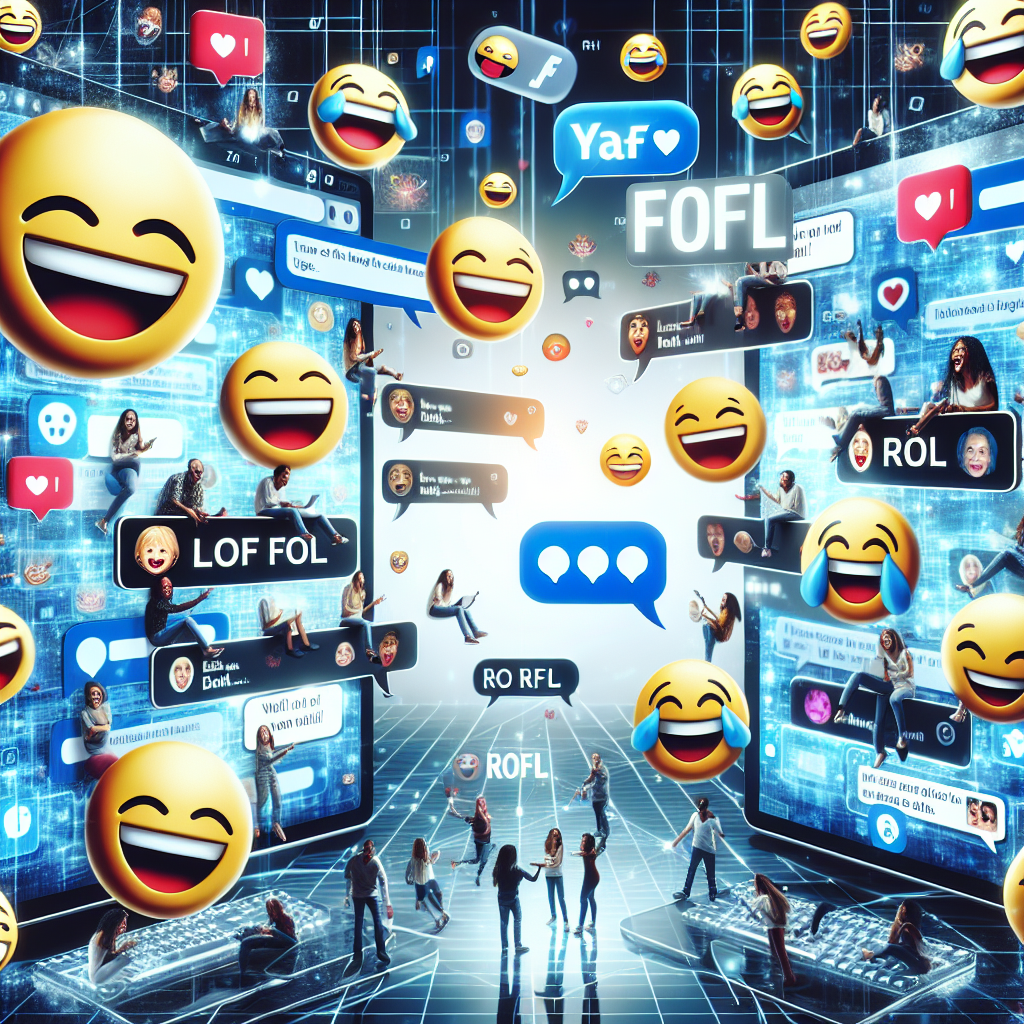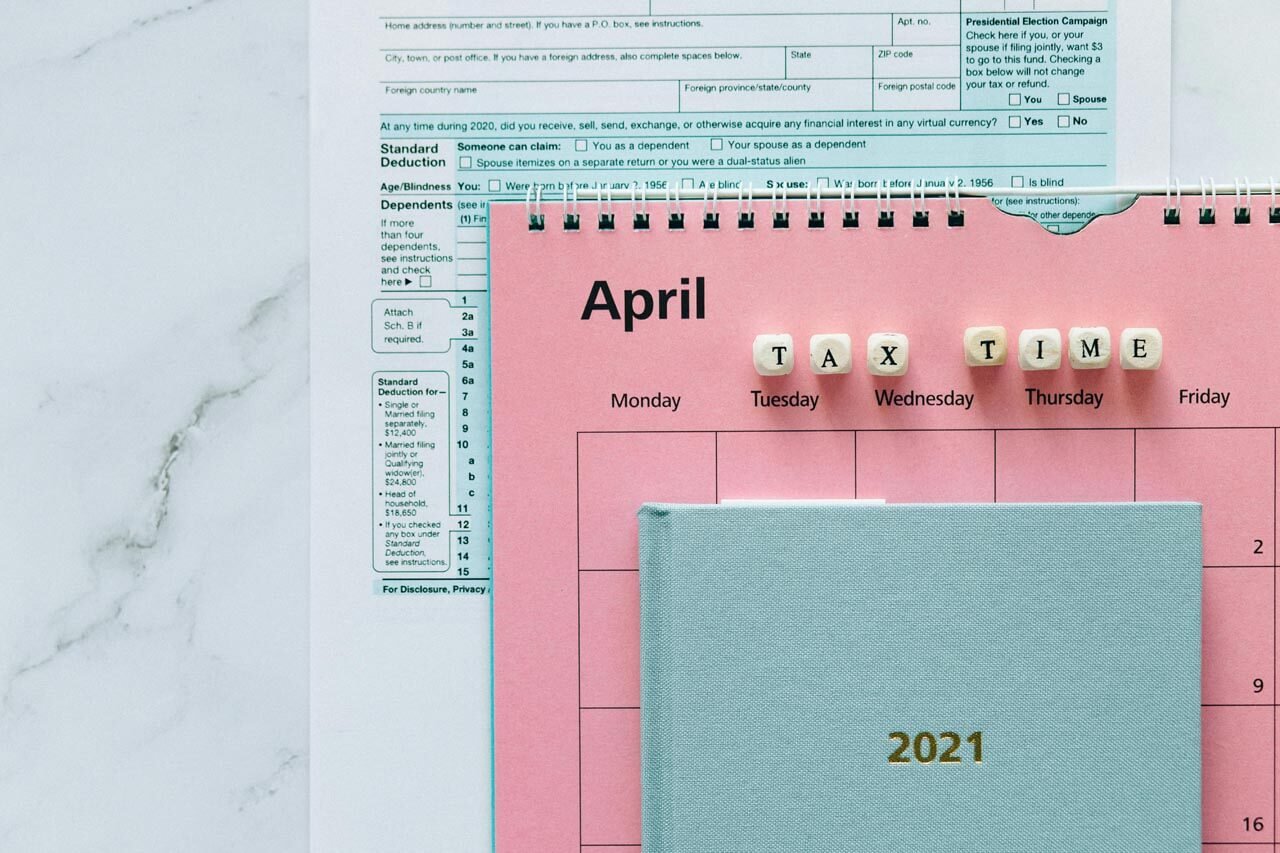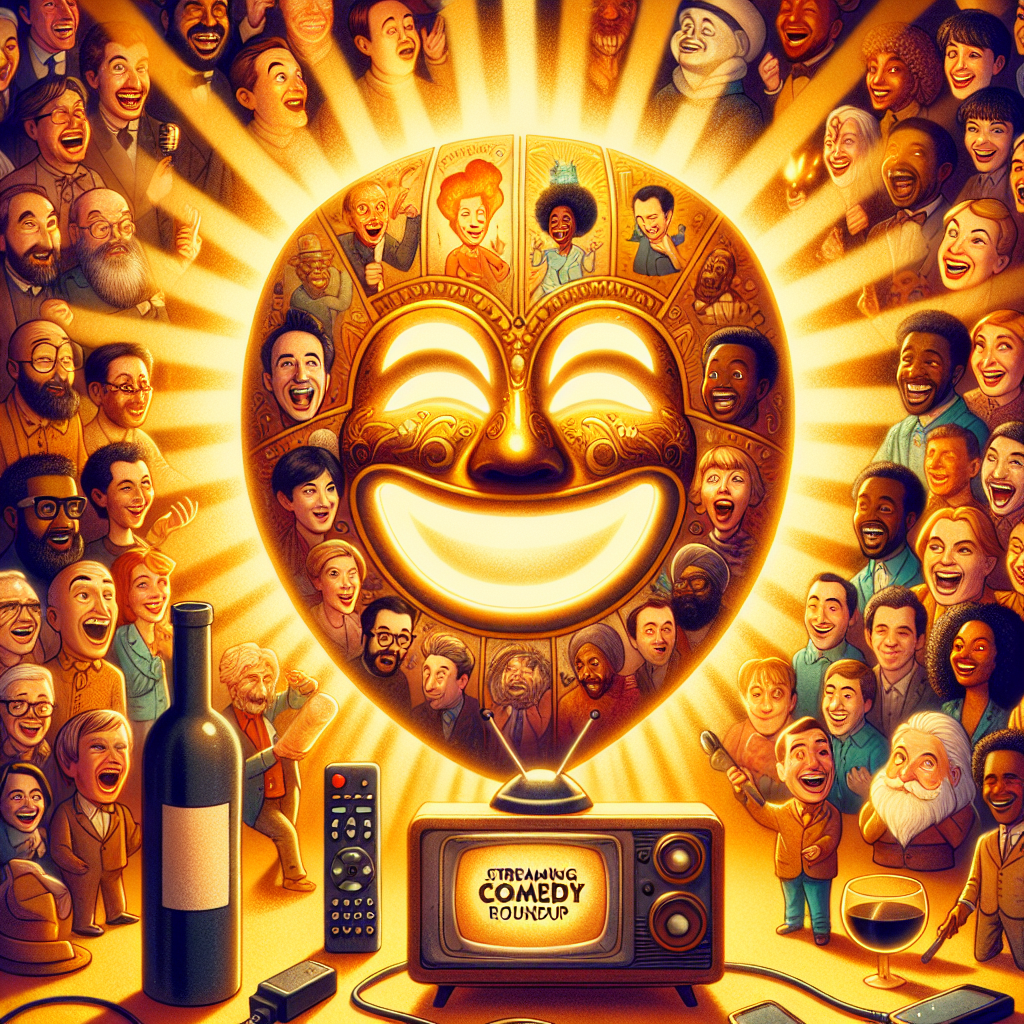From LOL to ROFL: How Meme Reactions Shape Online Conversations

Table of Contents
- Introduction
- The Evolution of Online Communication
- H2: Understanding Meme Culture
- H3: Key Definitions
- The Psychology Behind Meme Reactions
- The Impact of Humor on Engagement
- How Meme Reactions Influence Online Businesses
- H2: Case Studies of Successful Brand Integration
- H3: Wendy’s Twitter Strategy
- H3: Old Spice’s Viral Campaign
- H2: The Role of Platforms in Meme Dissemination
- H3: Instagram and Visual Storytelling
- H3: Twitter and Immediate Reactions
- Developing a Memetic Marketing Strategy
- H2: Identifying Target Audiences
- H2: Crafting Shareable Content
- Best Practices for Using Meme Reactions
- H2: Maintain Professionalism
- H2: Be Authentic
- H2: Analyze Performance Metrics
- Conclusion
- Internal Links
- External Links
Introduction
In the digital age, communication has evolved dramatically, transcending traditional boundaries and incorporating a rich tapestry of informal expressions. Central to this transformation is the explosion of memes, particularly emotive reactions ranging from "LOL" (laughing out loud) to "ROFL" (rolling on the floor laughing). This article delves into how these meme reactions shape online conversations, influence interactions, and impact digital marketing strategies.
The Evolution of Online Communication
The internet has transformed communication from formal exchanges to more spontaneous, visually driven interactions. Platforms like social media, forums, and messaging apps have embraced emojis, gifs, and memes as a new common language. According to a report by Pew Research Center, 75% of teens use emojis in their conversations, showcasing the prevalence of this informal lexicon.
H2: Understanding Meme Culture
Meme culture is a phenomenon that thrives on the rapid spread of humor, satire, and emotional expression. It’s essential to understand how certain expressions evolve and become widely accepted. Memes often serve as cultural commentary, reflecting societal sentiments and shaping public discourse.
H3: Key Definitions
- Memes: A piece of media that spreads virally, often modified with humor or satirical elements.
- Emojis: Simple images that convey emotions or represent ideas.
- GIFs: Short, looping video clips that encapsulate a particular moment or emotion.
The Psychology Behind Meme Reactions
Meme reactions tap into our psychological responses, creating a sense of community and shared understanding among users. When someone reacts with "LOL" or "ROFL," it signals not just laughter but a complicit acknowledgment of shared humor. This shared experience fosters connections, making online conversations more engaging.
The Impact of Humor on Engagement
Humor is a powerful tool for increasing engagement. Studies have shown that content with humorous elements receives higher interaction rates, as laughter reduces psychological barriers, making users more likely to engage. According to research from Harvard Business Review, using humor leads to a 30% increase in engagement rates in marketing campaigns.
How Meme Reactions Influence Online Businesses
Businesses are increasingly turning to meme culture to connect with audiences on a more personal level. By incorporating meme reactions into their social media strategies, brands can resonate with younger demographics who value authenticity and relatability.
H2: Case Studies of Successful Brand Integration
H3: Wendy’s Twitter Strategy
Wendy’s has become a case study in leveraging meme culture effectively. Their witty and often snarky replies to customer tweets have garnered significant attention, resulting in increased follower count and brand loyalty. By embracing humor, Wendy’s has transformed its online presence, utilizing reactions like "LOL" and "ROFL" in witty exchanges to engage users.
H3: Old Spice’s Viral Campaign
The Old Spice “The Man Your Man Could Smell Like” campaign utilized humor and meme-worthy content to revitalize the brand. By creating shareable, funny videos that elicited reactions, Old Spice successfully engaged their target audience in a way that felt fresh and relevant.
H2: The Role of Platforms in Meme Dissemination
Different platforms play unique roles in meme creation and dissemination. Understanding these nuances is critical for businesses aiming to capitalize on meme culture.
H3: Instagram and Visual Storytelling
Instagram thrives on visual content. Memes shared on this platform often focus on aesthetics and storytelling. Short video clips and images that evoke laughter engage users effectively, prompting comments and shares.
H3: Twitter and Immediate Reactions
Twitter is founded on brevity and immediacy, making it the perfect landscape for meme reactions. The use of hashtags and trending topics allows memes to gain traction rapidly, with reactions like "LOL" and "ROFL" often accompanying these posts.
Developing a Memetic Marketing Strategy
For entrepreneurs and marketers, understanding how to leverage meme reactions can enhance communication efforts and drive engagement.
H2: Identifying Target Audiences
Understanding your audience is foundational to crafting relevant and effective meme-driven content. Different demographics respond to humor differently, so market research is vital.
- Gen Z and Millennials: Often enjoy self-deprecating humor and relatability.
- Older Generations: May appreciate more subdued, relatable humor that focuses on nostalgia.
H2: Crafting Shareable Content
To construct meme content that resonates:
- Know the Trends: Keep abreast of current meme trends to create timely and relatable content.
- Encourage User Interaction: Prompt users to respond with their recreations or experiences related to the meme.
- Use Memes in Storytelling: Integrate meme reactions into wider narratives to create ongoing engagement.
Best Practices for Using Meme Reactions
To ensure that your meme strategy is effective, adhere to the following best practices:
H2: Maintain Professionalism
While humor is essential, maintaining a level of professionalism is crucial. Disengage from humor that could be potentially offensive to audiences.
H2: Be Authentic
Authenticity is key in the meme culture landscape. Users are quick to identify disingenuous content. Brands should ensure that any meme utilized aligns with their core values and voice.
H2: Analyze Performance Metrics
Utilize analytics tools to assess which memes and reactions resonate with your audience. Track engagement rates, shares, and overall sentiment to refine your strategy continually.
Conclusion
Meme reactions like "LOL" and "ROFL" play a dynamic role in shaping online conversations, providing a unique avenue for connection and engagement. As businesses increasingly adopt meme culture into their marketing strategies, understanding the underlying psychology can significantly enhance their effectiveness. By crafting authentic, humorous content that resonates with target audiences, brands can foster lasting relationships, engage effectively, and stand out in the digital landscape.
Internal Links
For further insights on effective digital marketing strategies, check out our article on Digital Marketing Trends in 2023.
External Links
By blending the power of humor with thoughtful strategies, businesses can navigate the ever-evolving landscape of online conversation, making a more significant impact in their communication efforts.
Latest Posts
You Might Also Like

Lorem ipsum dolor sit amet, consectetur adipiscing elit. Ut elit tellus, luctus nec ullamcorper mattis, pulvinar dapibus leo.
TOP NEWS
Copyright © 2025 FunnyShowStreaming.site | All rights reserved.



















Comments are off for this post.